Scroll through beauty YouTube, and you'll see countless tutorials touting rice flour masks. Its fans swear it can exfoliate, brighten the skin, and even offer some UV protection.
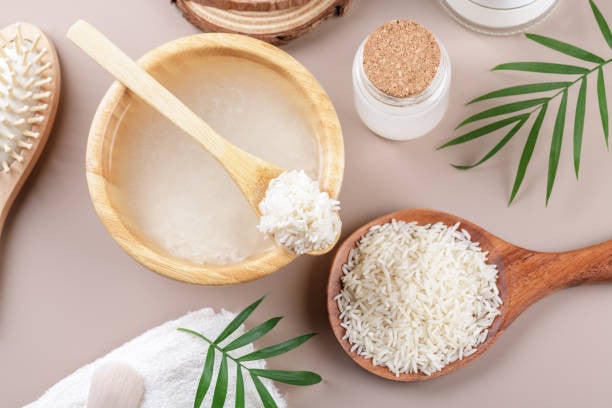
Image: iStock
While rice flour might not be a household staple for skincare in the U.S., it’s a beloved beauty ingredient across East Asia—especially in countries like China, South Korea, and Japan. But does rice flour live up to the hype? Can it actually transform your skin, or is it just another DIY fad? Here’s what you should know about this viral yet under-researched skincare ingredient.
What exactly is rice flour?
Rice flour is just what it sounds like—rice grains ground into a fine powder. But not all rice flours are created equal. The way rice flour is made can impact its potential benefits for your skin.
Rice is a whole grain, similar to wheat or oats, made up of three parts: the bran, germ, and endosperm. The bran is the grain’s hard outer shell, and it’s packed with antioxidants and anti-inflammatory properties, making it the healthiest part. Bioactive compounds like ferulic acid and phytic acid, which are often extracted from the bran, are added to skincare products for their known benefits.
Like all flours, rice flour is made by separating these parts and grinding them down in varying proportions. Whole grain rice flour contains all three parts of the rice kernel, whereas white rice flour only includes the starchy endosperm. When you buy rice flour at the grocery store, it’s likely white rice flour unless labeled as brown rice.
How rice flour supposedly benefits the skin
If you’ve been scrolling YouTube, you’ve probably seen a DIY “skin lightening” face mask that features rice flour. Claims suggest it works as an exfoliant, sunblock, and even an anti-aging solution.
@selinadasilvaa Try if you want glass skin in 10 minutes ✨✨✨ #ricemask #glassskin #homeremedy #koreanskincare #skincaretips #fyp #diy #kbeautysecrets
♬ Yo Bunny - prodbycpkshawn & Ugly Andz.
Rice flour contains several bioactive components that may have antioxidant and anti-inflammatory benefits, but the question is whether the amount present in rice flour is enough to impact the skin when applied directly. Brown rice protein has been praised as a natural exfoliant, while rice starch is known to absorb excess oil. Here’s a breakdown of some of the claims surrounding rice flour’s benefits:
1. Sun protection
Some beauty bloggers suggest that rice flour provides UV protection thanks to compounds like ferulic acid and PABA. Friedler explains that PABA, or vitamin B10, can stimulate cell regrowth and protect against UV rays. However, PABA was once used in sunscreens but is no longer FDA-approved because it caused allergic reactions.
Ferulic acid, which has antioxidant and anti-inflammatory properties, is another compound found in rice bran and other plants. It has shown potential to boost the UV protection provided by vitamins C and E, which are also known to protect skin from photodamage when applied topically.
The catch? While ferulic acid is a proven ingredient in many skincare serums, it’s not clear if the amounts in rice flour are concentrated enough to offer the same benefits.
2. Treating acne and hyperpigmentation
Rice flour enthusiasts also claim it can help with acne and lighten skin, likely because of phytic acid, an antioxidant AHA known for its exfoliating properties. Phytic acid has been found to treat acne and hyperpigmentation as effectively as glycolic acid but with a gentler touch on the skin.
Phytic acid works by helping skin shed dead cells, minimizing signs of aging, and improving conditions like melasma and acne scarring. It’s also used in chemical peels for dark spots.
3. Wound healing
Another compound in rice is allantoin, which has anti-inflammatory and soothing properties. Some animal and in vitro studies suggest it may support wound healing, though more research is needed.
4. Oil absorption
Rice flour’s best-known benefit is its ability to absorb oil, making it a go-to in commercial skincare and haircare products for reducing shine and minimizing pores. Rice starch, a type of rice flour stripped of protein and fat, is commonly used for this purpose.
But can rice flour really work for skin in its DIY form? That depends.
Why rice flour might not deliver all the results you expect
When companies extract ingredients from rice, they soak the plant in liquid for hours to get a higher concentration of bioactive compounds like ferulic acid or phytic acid. This means the extracts are much stronger than what you get from applying rice flour directly to your skin.
So, while ferulic and phytic acids are great for skincare, there’s no guarantee that a homemade rice flour mask will contain enough of these compounds to make a noticeable difference.
The bottom line: Without solid clinical data backing rice flour itself, some dermatologists are hesitant to recommend it outright.
How to use rice flour effectively
If you’re eager to try rice flour at home, the best bet is to pair it with another proven ingredient in a DIY mask. Mix rice flour with olive oil or rose water—both of which have proven benefits for the skin.
DIY rice flour mask recipe
There are plenty of YouTube tutorials for rice flour masks. They usually combine rice flour with other ingredients like oats, avocado, honey, or milk. While these recipes aren’t backed by clinical studies, there’s generally no harm in trying them—so long as your skin isn’t allergic to any of the ingredients.
Here’s a simple rice flour mask recipe to try:
3 tablespoons milk powder
5 tablespoons brown rice flour
tablespoon olive oil (optional for oily skin)
Rose water, enough to make a thick paste
Apply the mask to your face, let it air dry for 10–15 minutes, and gently rub it off with a bit of water for an exfoliating effect.
Another option: Add brown rice flour to your bathwater for a full-body treatment.
Final thoughts
Rice flour is a popular DIY ingredient used in homemade face masks, praised for its supposed ability to brighten, exfoliate, and even protect from UV damage. But while some compounds in rice, like ferulic acid and phytic acid, are proven skincare ingredients, these are often found in much higher concentrations in extracts than in rice flour itself.
If you want to try rice flour for skincare, mixing it with other beneficial ingredients like olive oil may help maximize its effects.


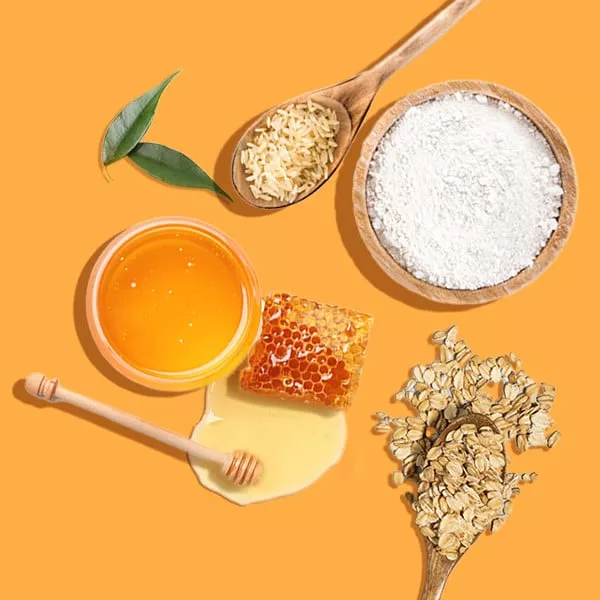
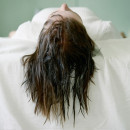


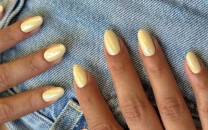
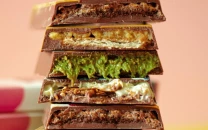

COMMENTS
Comments are moderated and generally will be posted if they are on-topic and not abusive.
For more information, please see our Comments FAQ